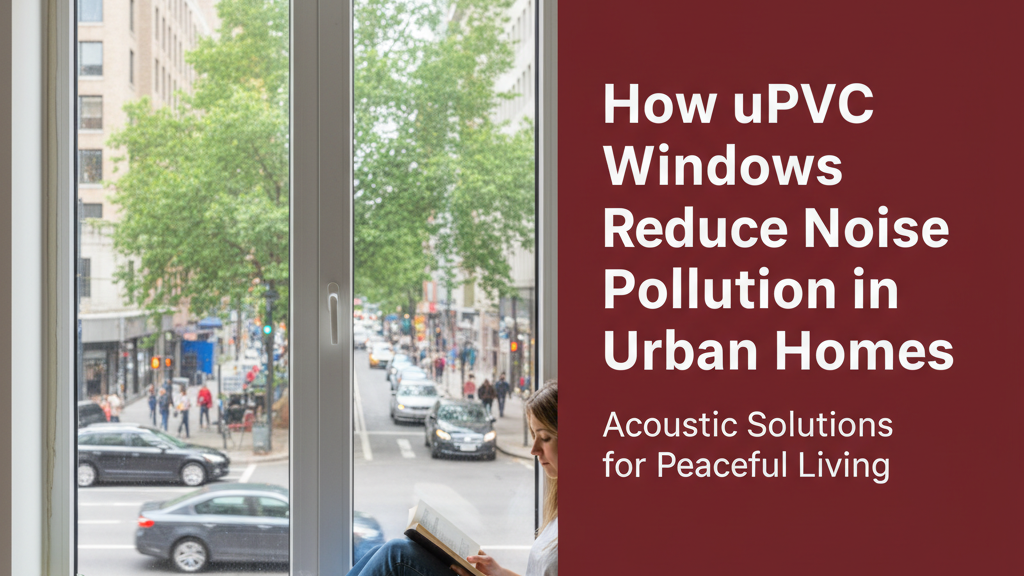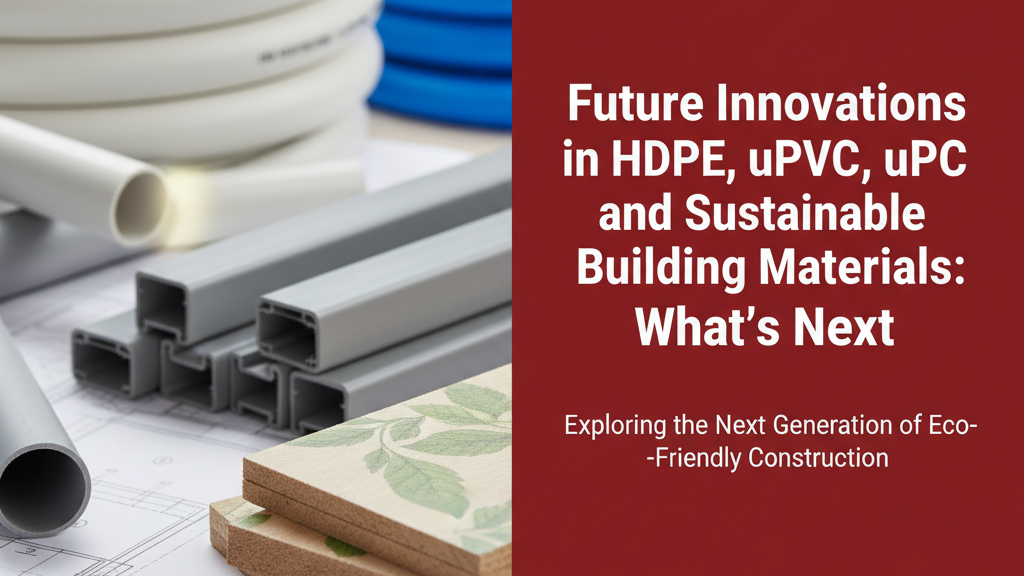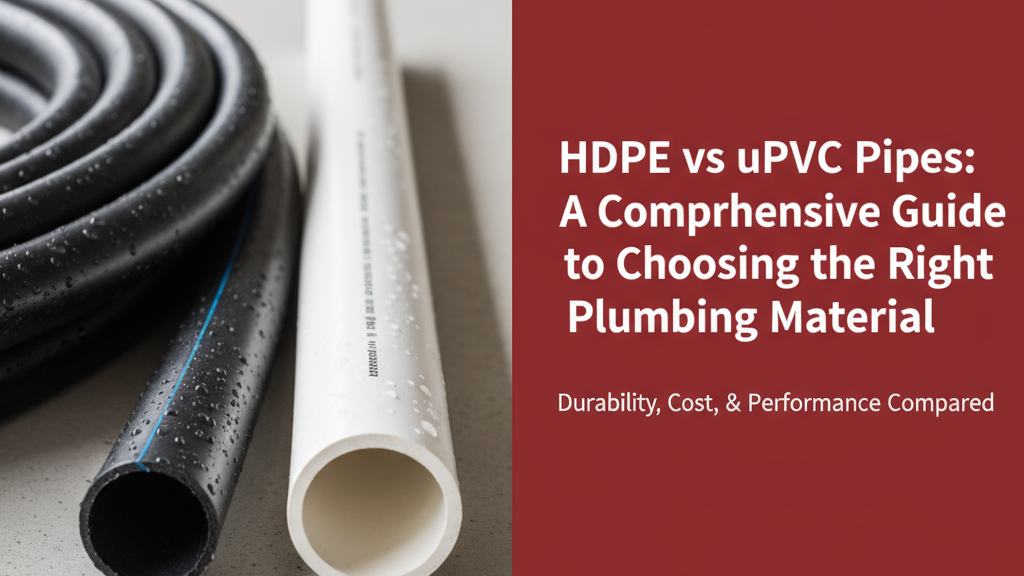How uPVC Windows Combat Urban Noise Pollution
Urban living often means coping with constant noise from traffic, construction, and neighbourhood activity. Unlike traditional materials, uPVC (unplasticised polyvinyl chloride) windows are specifically engineered to dampen sound transmission, thanks to their multi-chambered profiles, airtight seals, and optional double-glazing features. These properties disrupt sound waves before they can enter your home, making them a practical solution for noise reduction in Indian cities.
- Multi-chamber design: The hollow chambers within uPVC frames act as barriers, absorbing and diffusing sound vibrations.
- Airtight gaskets: Compression seals prevent noise leaks around the window edges, a common issue with wooden or aluminium frames.
- Glass options: Double-glazed units with a 6–12 mm air gap between panes can reduce noise by 25–40 decibels (dB), as per acoustic studies.
Key Benefits of uPVC Windows for Noise Reduction
Beyond their acoustic performance, uPVC windows offer additional advantages for Indian homes:
| Feature | Impact on Noise Reduction |
|---|---|
| Material density | uPVC’s weight (1.4 g/cm³) blocks sound more effectively than aluminium (2.7 g/cm³), which can vibrate and transmit noise. |
| Low maintenance | Unlike wood, uPVC doesn’t warp or develop gaps over time that let noise penetrate. |
| Thermal insulation | Reduces the need to open windows for ventilation, keeping noise outside. |
In monsoon conditions, their water resistance prevents swelling that could compromise seals, ensuring long-term acoustic performance.
Comparing uPVC to Other Window Materials
While wood and aluminium are common alternatives, each material behaves differently under urban noise conditions:
- Wood: Naturally insulates sound but requires regular upkeep. Unmaintained wooden frames develop gaps, reducing effectiveness by 15–20% over 5–7 years.
- Aluminium: Lightweight and durable but conducts sound 30% more than uPVC due to metal’s vibrational properties.
- Steel: Rarely used residentially; while dense, it lacks the multi-chamber advantage of uPVC.
Note: For homes near airports or highways, combining uPVC frames with laminated glass (6 mm + 6 mm) can achieve up to 50 dB noise reduction—similar to studio-grade soundproofing.
Installation Tips for Maximum Noise Reduction
Even the best uPVC windows underperform if installed incorrectly. Follow these guidelines to ensure optimal results:
- Seal the frame: Use silicone or acoustic sealant between the uPVC frame and wall opening to eliminate gaps.
- Choose appropriate glazing: For moderate noise (e.g., residential streets), 4 mm glass with a 12 mm air gap suffices. For heavy traffic, opt for asymmetrical panes (6 mm outer + 4 mm inner).
- Check hardware: Multi-point locking systems compress the window tightly against seals throughout the perimeter.
- Professional fitting: DIY installations often miss critical steps like shimming and leveling, which affect sound insulation.
Real-World Examples of uPVC Noise Reduction
Case studies across Indian cities demonstrate measurable improvements:
- Kolkata apartment: Replacing single-pane aluminium windows with uPVC double glazing reduced indoor noise from 72 dB (peak traffic) to 42 dB—a 42% decrease.
- Bangalore villa: uPVC tilt-and-turn windows near a construction site blocked 85% of high-frequency noises (jackhammers, drills).
These examples highlight how material choice and proper installation work together to create quieter living spaces, even in densely populated areas.



